This page is more than seven years old.
Whether you believe the Enfield Poltergeist was evidence of a real haunting or not, there's no doubt that the story had an enormous impact at the time. After all, the media relies on public interest to sustain a story. The Enfield Poltergeist was widely covered in newspapers, books, radio and TV at the time and continues to fascinate. So how could this seemingly simple haunting have had such a large impact over such a timespan?
Here we're taking a look at the context around the Enfield event itself. What was happening at the time? Was there something special happening in the late 1970s that could contribute to this being such an enduring story?
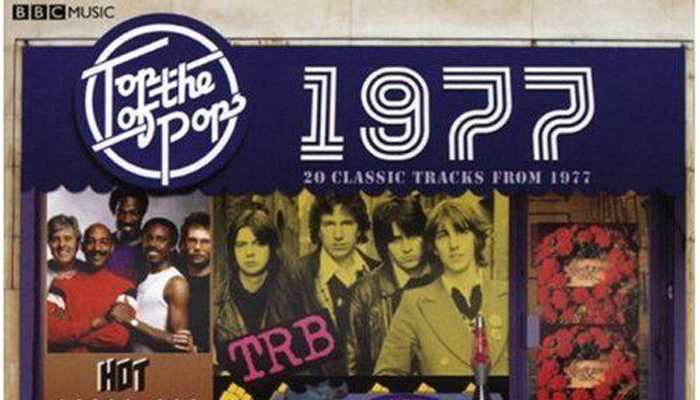
For a couple of years, the story dominated the press. So what else was going on at the time? I was five in 1977, and have vague memories of starting school, and the Queen's Silver Jubilee and punk music breaking up the easy listening on 'Top Of The Pops'. But what was going on in the world at the time, and how could it have contributed to story of the Enfield Haunting having such wide appeal?
The Setting
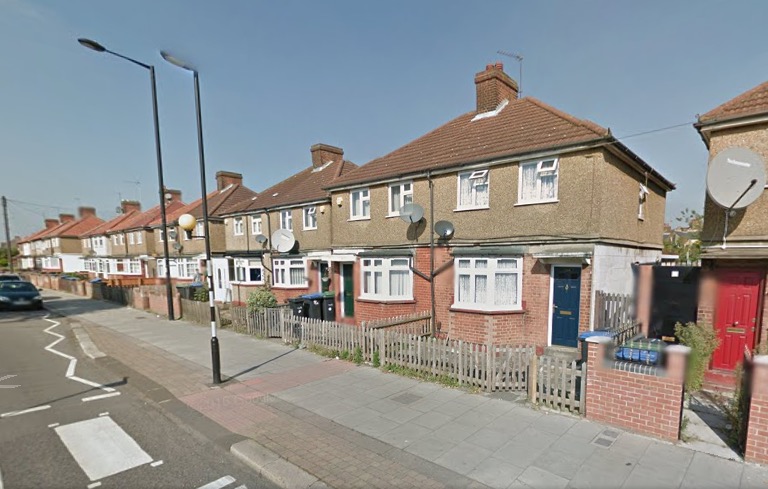
Many hauntings are associated with historically significant locations or events. People claim castles, rectories or battlefields are haunted. But to have a haunting in the kind of semi-detached council house you'd find in every town and village across the country, suddenly made what was once the preserve of far away, fairy-tale like solitary country houses very real indeed. It might even be possible that... gulp, your own council house could be haunted.
Enfield itself could best be classified as a typical suburban London. On the North East edge of the capital, bordering Hertfordshire and Essex, there's nothing to suggest why this area should be the focus of a haunting, which perhaps, like the typical house itself, is another reason the story gained so much interest.
The Enfield Poltergeist wasn't the first time that Enfield had seen objects apparently moving of their own accord through solid walls. June 1967 saw the first cash machine in the world installed in Enfield, Barclays bank considering the town to be such a good example of a "normal" town that this was where they chose to trial the new technology. The local citizens, who were deemed by the bank to be a perfectly representative cross-section of British population, were soon able to witness money appearing as if by magic after inserting a mysterious token and keying in the right sequence of numbers - spooky!
Advertisement ‐ Content Continues Below.
The Family
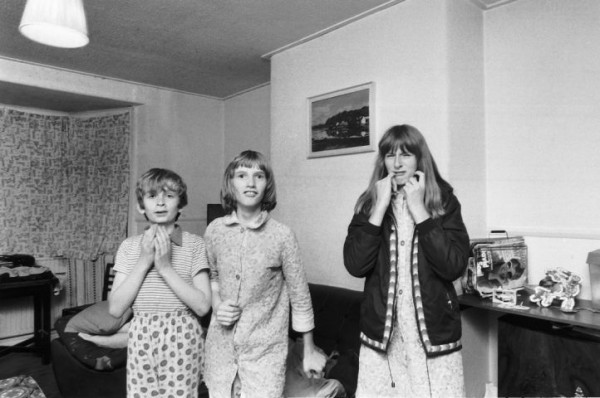
The very ordinariness of the family themselves may also have helped add to the believability of the story. Badly-toothed, living in social housing, lacking glamour, you could scarcely get further from the Hollywood legend of hauntings portrayed on screen. The Hodgson family seemed much more like the kind of people you'd be sharing your street with. If you could identify with this family, and perhaps project yourself into their familiar lives and home, then surely that would make the story more real to you? A recent YouGov poll found that one in three Brits believe in ghosts. That's a stunningly high figure for something for which no evidence has yet been produced. A previous survey showed only 23% of Brits claim to be religious. Was a story like this able to provide a focus for these wooly beliefs in the supernatural for this third of the population?
'The Exorcist'

One of the key reasons why the haunting had the impact it did may be related to the success of 'The Exorcist', in both film, and original book formats. 'The Exorcist', in case you haven't read or seen it, is the fictional story of demonic possession. A dramatic exorcism is undertaken by priests in order to get rid of the demon. The protagonist in 'The Exorcist' is a teenage girl, who ends up occupied by a demon who speaks through her in a deep, growling voice. Sounds familiar? The book was published in 1971 selling many millions of copies around the world. This success prompted the famous film version to be made, released in the UK in 1974. Again, the release of the film caused enormous impact around the world, including the UK, with many claiming it was based on factual events. It seems unlikely that the family at the centre of the Enfield haunting could have entirely avoided the story told in 'The Exorcist'.
'The Amityville Horror'
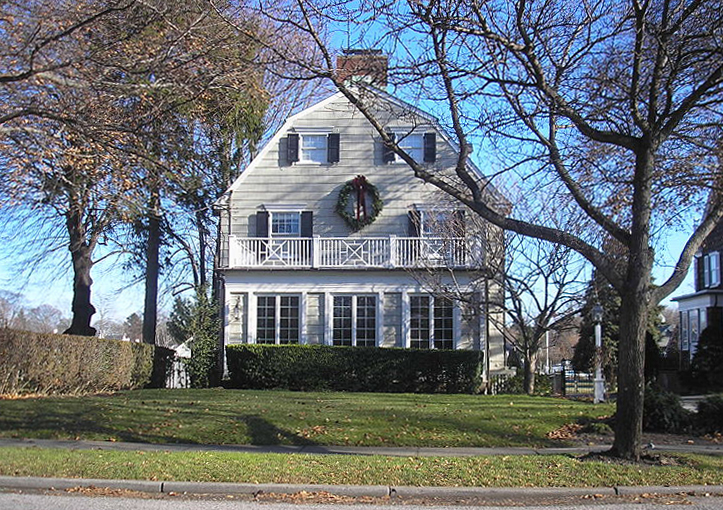
The book about 'The Amityville Horror' was released at approximately the same time as the events at Enfield were first reported. Written by Jay Anson and later used as a basis for a number of films, it tells the story of a family who move into a house which had been the location of multiple murders a few years previously. A number of mysterious events happen to the family, objects moving, noises, faces at windows, bite marks appearing on their bodies etc etc..
Advertisement ‐ Content Continues Below.
The Increase In Interest In The Occult In The 1970s
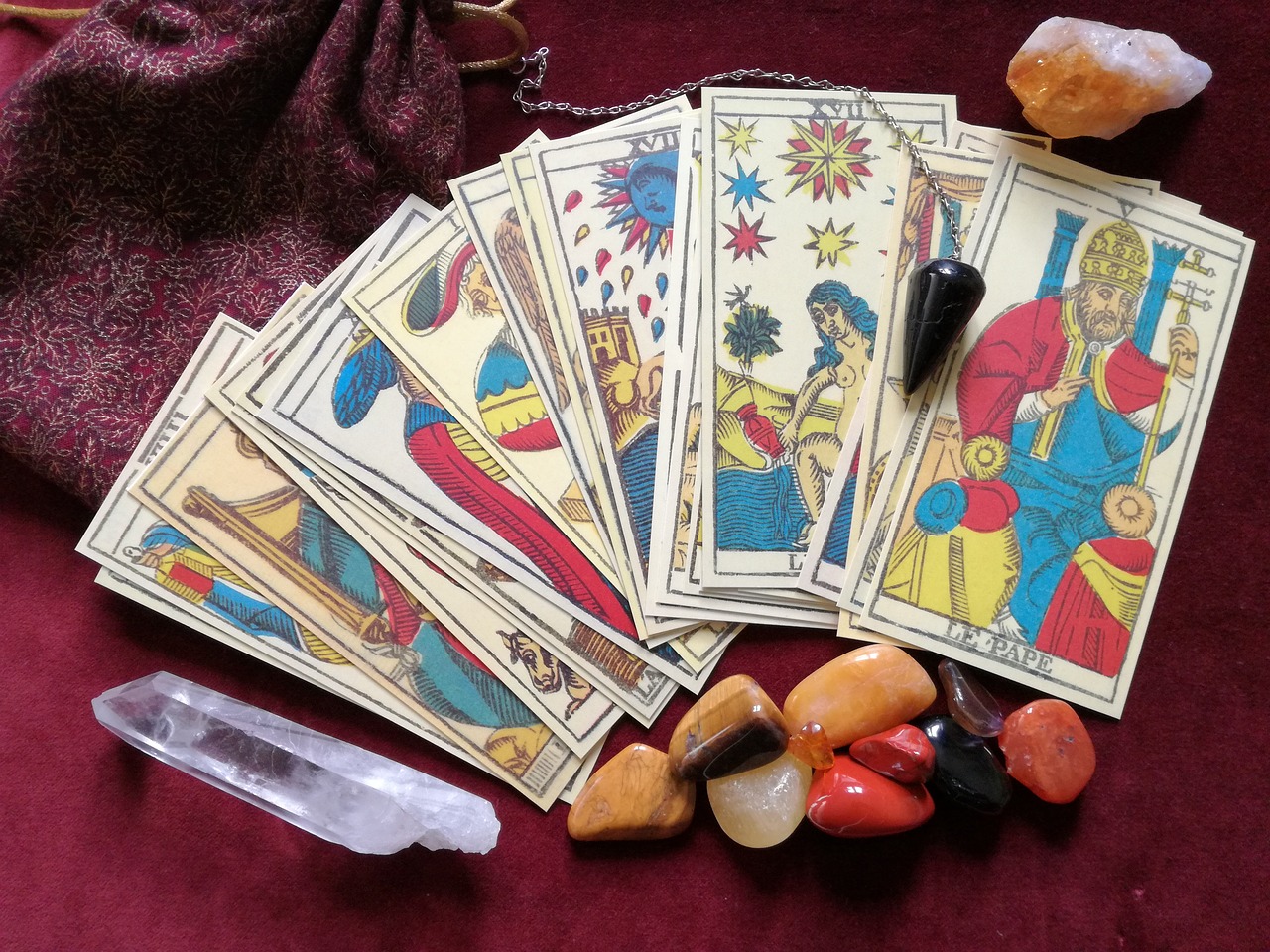
Photo: pixabay.com
The 1970s saw a huge explosion in the general interest of what we can loosely term "the occult". It's unlikely that a story of a haunted family would have gained such huge interest in the public if the population wasn't already primed for just this kind of event. Surely if a national paper was carrying news of a family home being haunted today, that story would be rapidly debunked? Topics such as witchcraft, paganism, hauntings, ouija boards and devil worship all became regular features in both the mainstream press and the more "specialised" publications available.
Though not occult, other areas which saw a huge surge in interest in the time included belief in UFOs including books from Erich von Däniken who seemed to do rather well with his theory that ancient man had been visited by aliens who'd helped build the pyramids and Nazca lines. Extra sensory perception was also in the news, and infamous bender Uri Geller rose to fame off the back of his alleged ability to bend spoons using only the power of his mind, a phenomenon which also occurred in the Enfield house.
People at the time seemed to be searching for something beyond the physical world they could see before them. And the story of a haunted house in Enfield appeared at a time when many were ready to believe, or at least give the time of day, to any obscure belief.
Children's TV
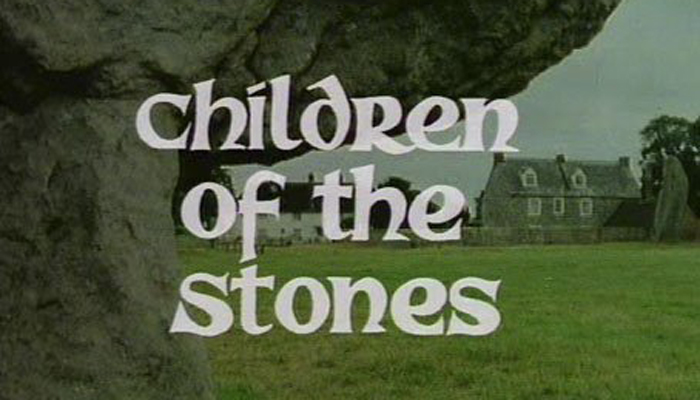
Even kids television of the time was including storylines based on the kind of themes kids TV today wouldn't touch. A great example is 'The Children Of The Stones'. Often cited as the scariest children's TV series made, it was broadcast in 1977 and is a fantasy series which manages to combine pagan mythology, science fiction and rural folklore into a pretty eerie viewing experience. Is it possible the girls in the family had watched this series? Other recurrent themes included witchcraft, ghosts, Arthurian legends and the gaia concept. ITV had a kids series on-air called Shadows which ran for three series between 1975-1978. The stories were generally based around horror or hauntings. The plots include ghosts from the future, haunted skulls, murdered witches, time travel, possession. Fantastic fun to watch, yet perhaps it only takes a small leap of the imagination for the Hodgson girls to go from acting out things they'd seen on TV, to pretending they were real for other people.
'The Supernatural'
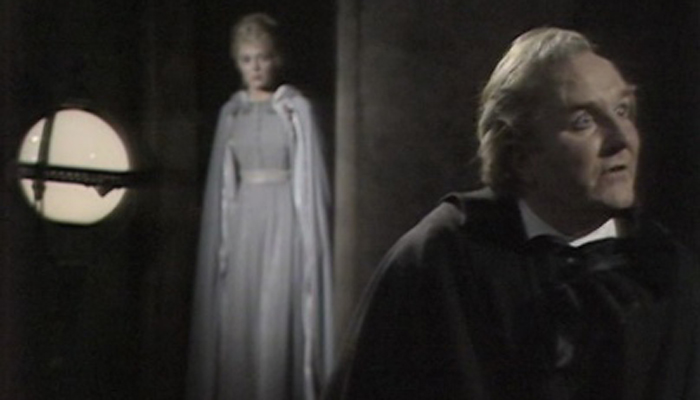
Just three weeks before the strange happenings at Enfield began, the last episode of the BBC's spooky show, 'The Supernatural' aired. The show's eight episodes covered topics including vampires, werewolves, and of course ghosts.
One episode told the story of "Lady Sybil" who was being haunted by the ghost of her dead husband, and another introduced us to Viktoria, a young girl's unusual new doll, which she seemed to think is a reincarnation of her mother. At a time when there were only three television channels to choose from, and every TV show was an event, it's very likely that the Hodgson family might have been inspired by some of the tales told in 'The Supernatural'.
The Lasting Legacy
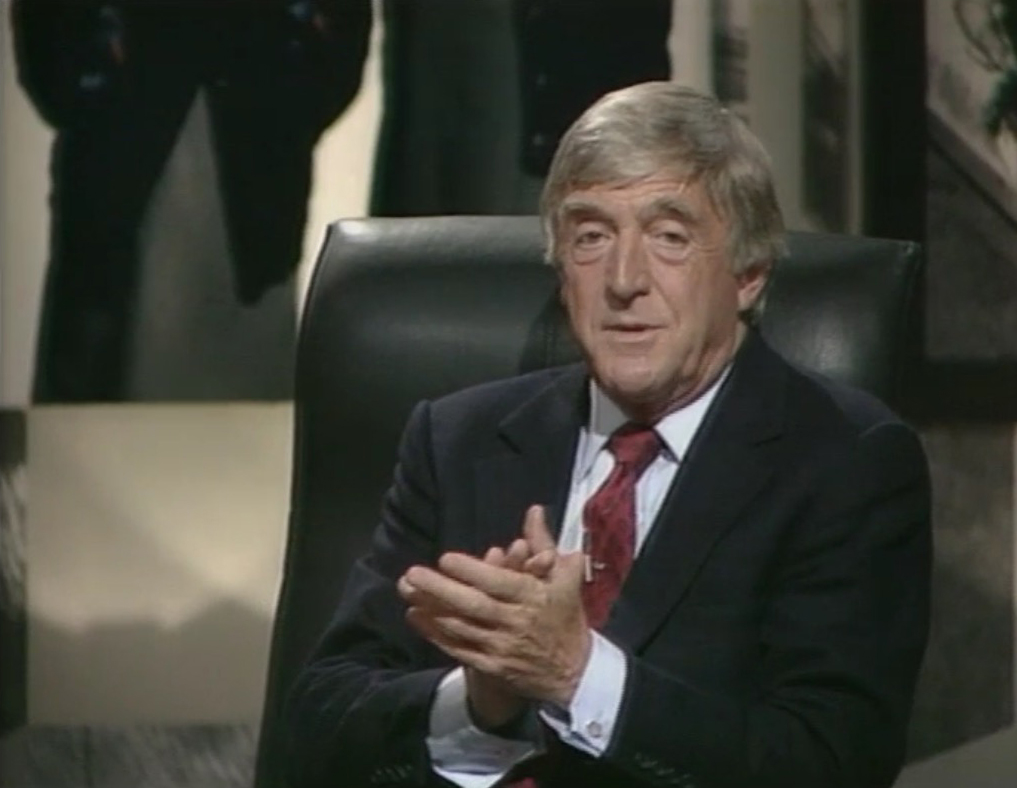
Hopefully in what's written above you feel the case has been made that perhaps the story of the Enfield Poltergeist, whether you believe it was a real haunting out not, became such a popular story because of what else was happening in the UK in the 1970s.
It's a story which refuses to go away. The story is often brought back to life, with Janet Hodgson appearing on 'This Morning' in 2012, regular stories in the tabloids that promise to tell "the truth" once and for all.
In 1992 the BBC's infamous 'Ghostwatch' drama was largely based on the Enfield story. Even in the last two years there's been a Sky TV series 'The Enfield Haunting' and a Hollywood film 'The Conjuring 2' using the events at Enfield as their source material.
If such an event happened now, would it gain such notoriety? It seems unlikely, people are pretty quick to debunk these kinds of stories online. Maybe Enfield represents the high water mark of British hauntings?
More On The Enfield Poltergeist Case
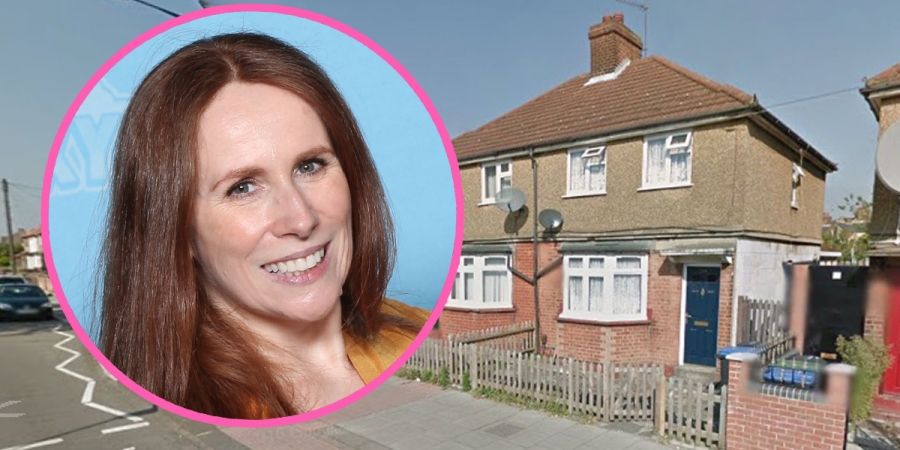
Enfield PoltergeistJuly 16, 2023
New Enfield Poltergeist Play Set To Star Comedian Catherine Tate

MoviesOctober 18, 2021
The Enfield Poltergeist: Living The Horror
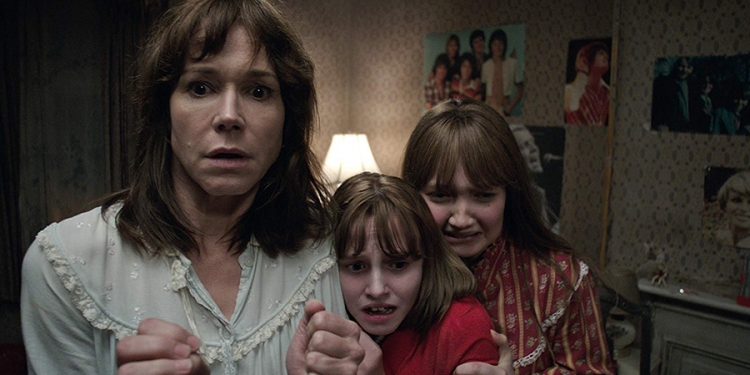
MoviesOctober 11, 2019
The Real Haunted History Of 'The Conjuring 2'
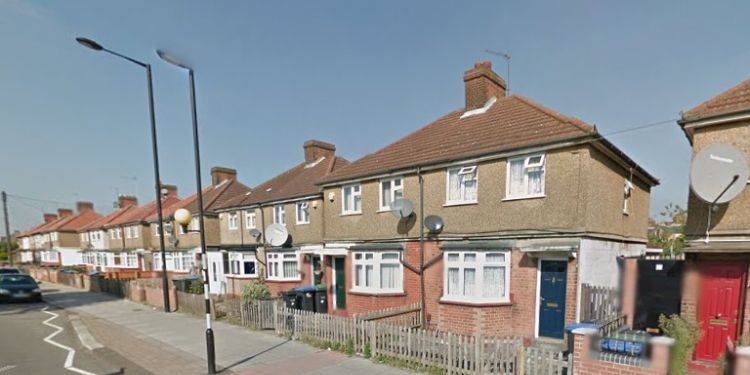
Paranormal
Enfield Poltergeist House
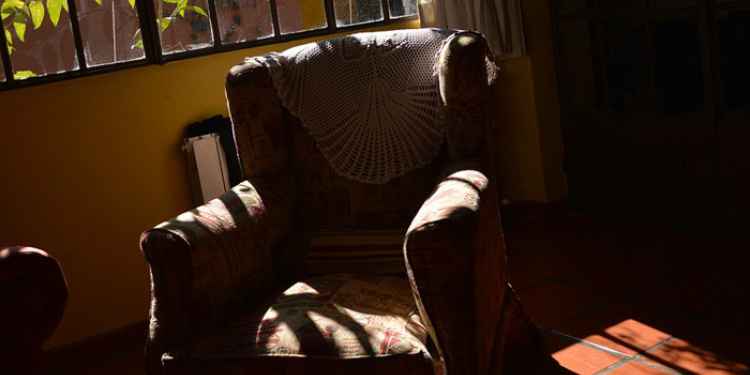
ParanormalAugust 06, 2017
6 Amazing Rare Facts About The Enfield Poltergeist
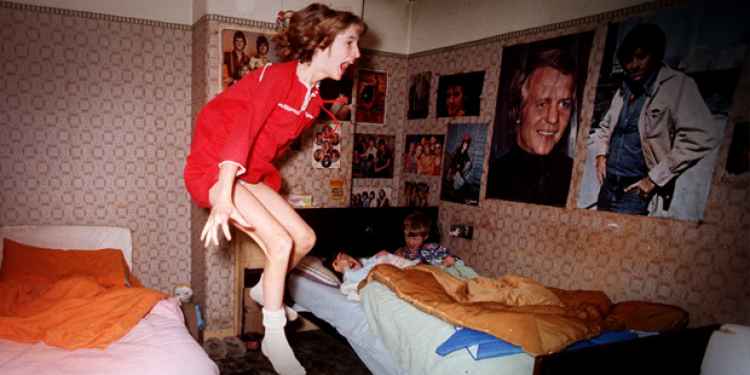
ParanormalAugust 05, 2017
Enfield Poltergeist Quiz

ParanormalAugust 04, 2017
Gozer Originates From Enfield, London
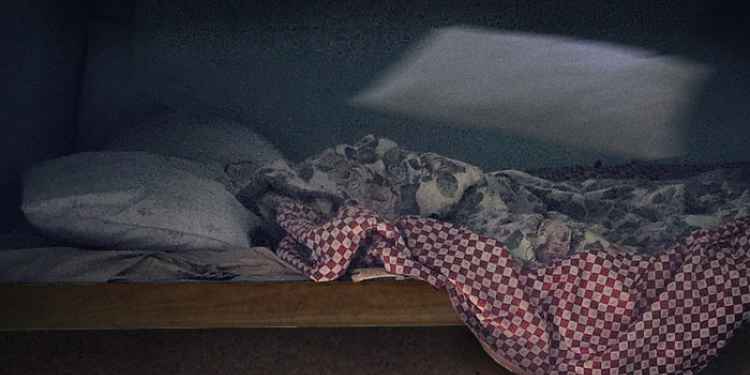
ParanormalAugust 03, 2017
The Enfield Poltergeist Timeline
Learn With Higgypop
Hosted by Paralearning in association with Higgypop, these courses on ghost hunting, paranormal investigations, and occult practices draw on the experience of our team of paranormal writers.
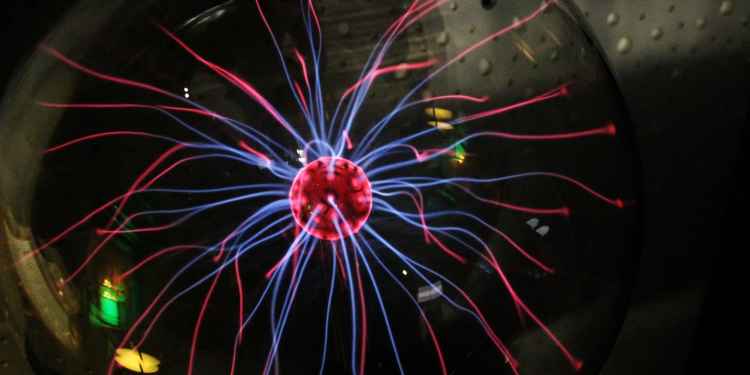
Diploma In Advanced Scientific Theory For Paranormal Investigators
This course gives you practical and useful knowledge of ghost hunting and paranormal research, which is invaluable when conducting your own paranormal investigations or as part of a group event.
View Course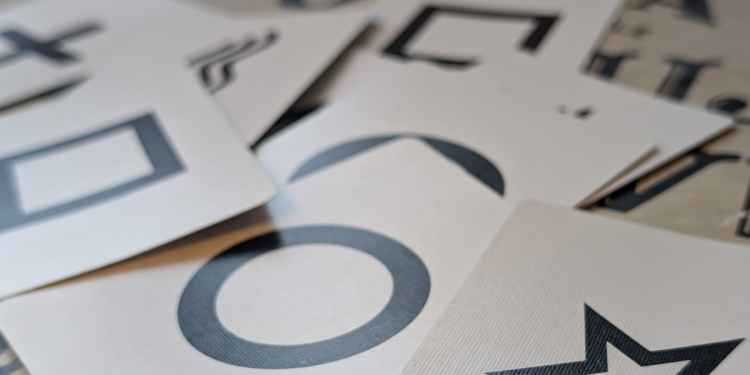
Diploma In Parapsychology & Psychic Phenomena
This course gives you practical and useful knowledge of ghost hunting and paranormal research, which is invaluable when conducting your own paranormal investigations or as part of a group event.
View CourseMore Like This
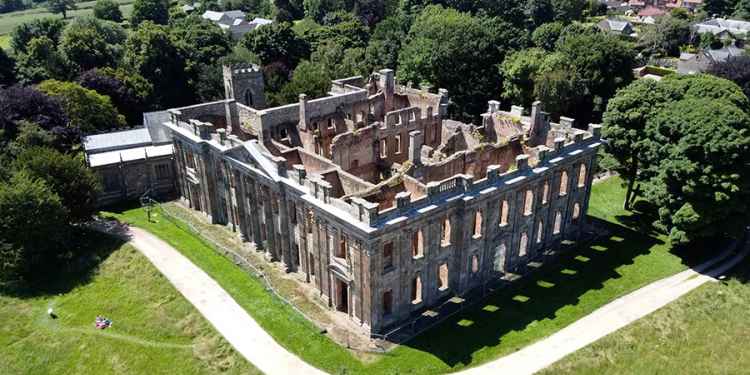
Haunted BritainDecember 25, 2024
2024's Most Popular Paranormal Hotspots In The UK
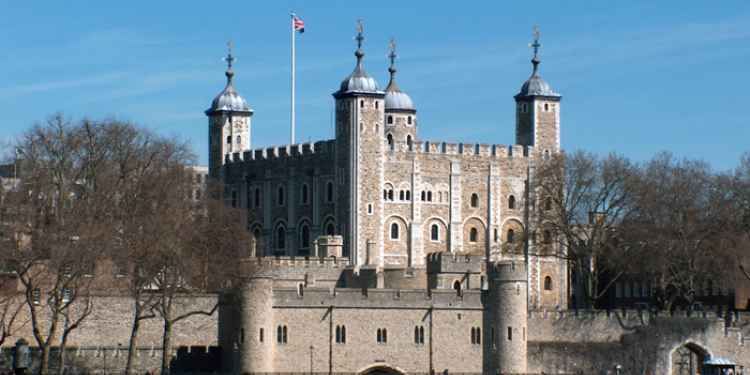
GamesNovember 28, 2024
Can You Match These Famous Ghosts To Their Haunting Grounds?
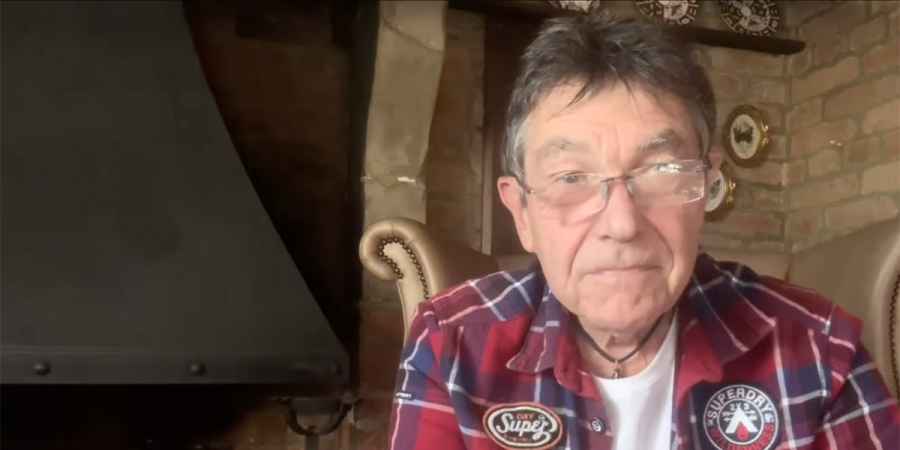
HalloweenOctober 30, 2024
Richard Felix Shares A Collection Of Modern Ghost Stories For Halloween
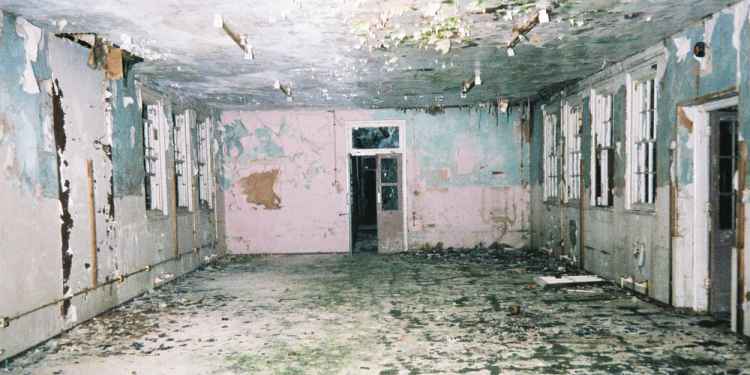
ParanormalOctober 20, 2024
My First Ever Ghost Hunt: 20 Years Ago This Halloween Night
 See More on Audible
See More on Audible

Comments
Want To Join The Conversation?
Sign in or create an account to leave a comment.
Sign In
Create Account
Account Settings
Be the first to comment.